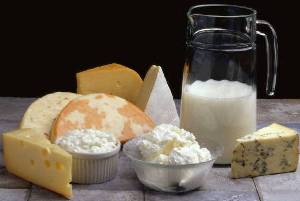 Delivered by Beth Briczinski, NMPF Vice President of Dairy Foods & Nutrition:
Delivered by Beth Briczinski, NMPF Vice President of Dairy Foods & Nutrition:
The Departments of Health and Human Services, and Agriculture, are holding a public meeting today in Bethesda, Maryland, to receive public oral comments on the Scientific Report of the 2015 Dietary Guidelines Advisory Committee. The National Milk Producers Federation is one of 70 organizations offering input on the draft report.
“I am a dairy foods scientist at the National Milk Producers Federation, which represents the nation’s dairy farmers. As you review the DGAC report and prepare messaging for Americans, we want to remind the Agencies why we believe it is imperative that the 2015 Dietary Guidelines continue to recommend three servings of milk or other dairy foods each day.
“First, dairy has nine essential nutrients, is a source for three of the four nutrients of concern identified in the DGAC report, and is extremely difficult to replace in the diet. For example, the DGAC reported that when they modeled a “no-dairy” diet, intake of several key nutrients fell below adequate levels, specifically with calcium dropping by up to 88%1.
“Even foods that are sometimes seen as “substitutes” for dairy can’t compare to real dairy products. The DGAC wrote that although soy, rice or almond beverages can be fortified with calcium, its absorption is less efficient from plant-based beverages. The report also noted that to actually absorb the same amount of calcium, you have to consume more calories, even though what most Americans need is to consume fewer calories2.
“The number of servings of other foods that would be required to replace dairy’s unique total nutrient package, as well as the cost of those foods, make it unlikely that people who forgo dairy will actually obtain an equivalent nutrient intake.
“Simply put, there is no substitute — three servings of nutrient-dense dairy products should be an essential part of every healthful diet.
“Second, most Americans age nine and older are not consuming recommended amounts of dairy – barely two servings a day – and the DGAC report showed that average overall consumption hasn’t increased during the past 15 years3. In fact, the only population groups meeting recommended amounts were very young children. By the age of four, Americans have major shortfalls in meeting recommendations for milk consumption4.
“So I’d like to conclude with a suggestion for the simple, understandable, actionable messages that are needed in order for the Dietary Guidelines to motivate real dietary improvements for consumers when they plan meals or make food choices.
“Knowing that the nutrient package of dairy foods is virtually irreplaceable in the diet… and that dairy consumption averages less than two servings a day… I would suggest that the Dietary Guidelines first continue to recommend three servings of dairy, and second to recommend Americans increase their current consumption of dairy foods. Most Americans would certainly benefit by adding one more serving of nutrient-dense dairy foods each day. This would go a long way toward improving essential nutrient intakes and toward educating consumers about the simple steps they can take to achieve better diets and better health.
“Thank you for the opportunity to be here today. NMPF will also be filing written comments.”
1 [Ch. 1, p. 32]
2 [Ch. 1, p. 32]
3 [Figure D1.29, p. 143]
4 [Figure D1.29, p. 145]
The National Milk Producers Federation, based in Arlington, VA, develops and carries out policies that advance the well-being of dairy producers and the cooperatives they own. The members of NMPF’s cooperatives produce the majority of the U.S. milk supply, making NMPF the voice of more than 32,000 dairy producers on Capitol Hill and with government agencies.

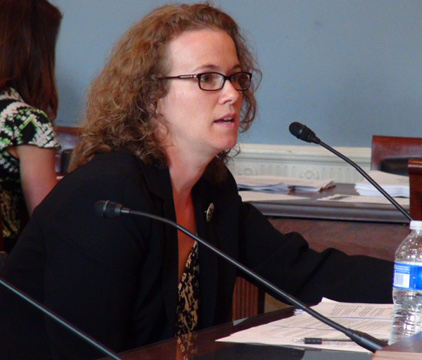 Washington, D.C. – The added costs imposed by mandatory labeling for genetically-modified organisms could increase the price of food to consumers while driving smaller farms out of business, according to Vermont dairy farmer Joanna Lidback (pictured speaking at a congressional hearing in Washington, D.C., in July 2014), who said that the use of GMO crops is important to her farm’s economic sustainability.
Washington, D.C. – The added costs imposed by mandatory labeling for genetically-modified organisms could increase the price of food to consumers while driving smaller farms out of business, according to Vermont dairy farmer Joanna Lidback (pictured speaking at a congressional hearing in Washington, D.C., in July 2014), who said that the use of GMO crops is important to her farm’s economic sustainability. The national dairy organizations of the United States, Australia and New Zealand today issued a
The national dairy organizations of the United States, Australia and New Zealand today issued a 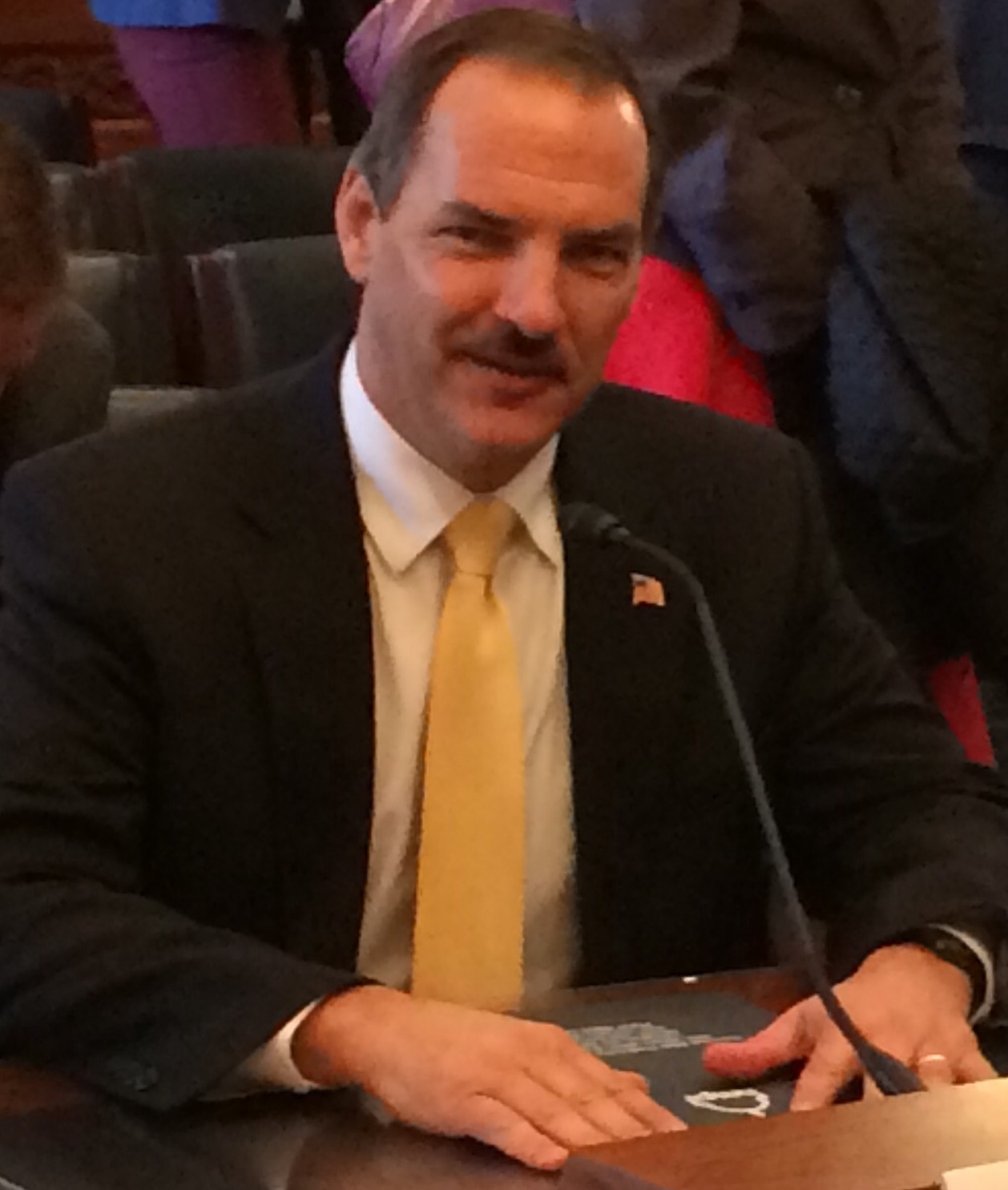
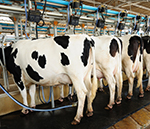 The results of a long-awaited U.S. Food and Drug Administration analysis of milk samples from nearly 2,000 dairy farms clearly demonstrate that regulations to keep drug residues out of milk are effective in protecting public health, according to NMPF.
The results of a long-awaited U.S. Food and Drug Administration analysis of milk samples from nearly 2,000 dairy farms clearly demonstrate that regulations to keep drug residues out of milk are effective in protecting public health, according to NMPF. NMPF joined nearly 400 other farm and food groups last month in urging the House and Senate budget committees not to reopen the 2014 farm bill in search of additional budget cuts.
NMPF joined nearly 400 other farm and food groups last month in urging the House and Senate budget committees not to reopen the 2014 farm bill in search of additional budget cuts. Legislation permanently extending the ability of family farmers and small businesses to write off capital purchases immediately, instead of over time, faces an uncertain future despite overwhelming approval in the House of Representatives in mid-February. H.R. 636 faces a rocky road in the Senate and a possible veto at the White House.
Legislation permanently extending the ability of family farmers and small businesses to write off capital purchases immediately, instead of over time, faces an uncertain future despite overwhelming approval in the House of Representatives in mid-February. H.R. 636 faces a rocky road in the Senate and a possible veto at the White House. House and Senate leaders overseeing trade and intellectual property issues expressed serious doubts about European efforts to shut the U.S. out of discussions on efforts to revise a global system for registering protected food names.
House and Senate leaders overseeing trade and intellectual property issues expressed serious doubts about European efforts to shut the U.S. out of discussions on efforts to revise a global system for registering protected food names. A day after the dairy industry asked President Obama to intervene in a protracted dispute between West Coast dockworkers and port operators, the White House dispatched Labor Secretary Thomas Perez to California to help the warring parties settle their differences. Seven days later, a tentative agreement was announced and the dockworkers went back to work.
A day after the dairy industry asked President Obama to intervene in a protracted dispute between West Coast dockworkers and port operators, the White House dispatched Labor Secretary Thomas Perez to California to help the warring parties settle their differences. Seven days later, a tentative agreement was announced and the dockworkers went back to work.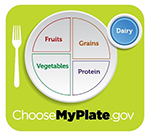 Nutrition experts advising the federal government on the 2015 Dietary Guidelines for Americans have reaffirmed low-fat and fat-free milk and dairy products as a core component of a healthy diet. In addition, they found that three of milk’s nine key nutrients – calcium, vitamin D and potassium – are under-consumed by children.
Nutrition experts advising the federal government on the 2015 Dietary Guidelines for Americans have reaffirmed low-fat and fat-free milk and dairy products as a core component of a healthy diet. In addition, they found that three of milk’s nine key nutrients – calcium, vitamin D and potassium – are under-consumed by children.



